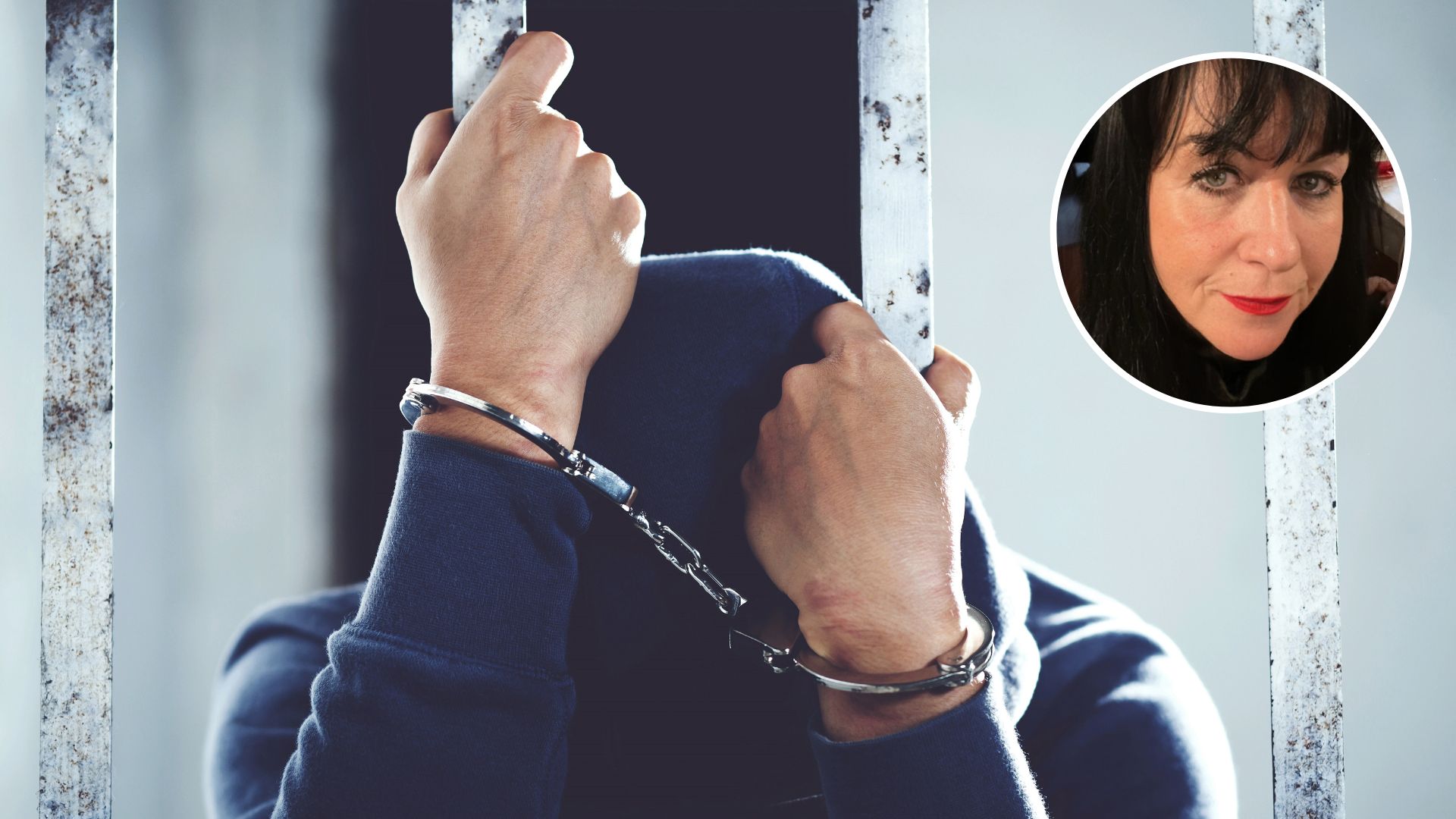Lecturer in Social Work in the Charles Sturt School of Social Work and Arts Ms Bianca Rizzo explains how this model could work for Australia’s juvenile justice systems if used correctly.
The ‘no-cell’ prison model originated at Macquarie Correctional Centre six years ago, coming as a contentious decision for the public and justice workers alike for obvious reasons.
As many as 400 maximum security prisoners at the centre were, under certain circumstances, offered extra freedoms within the prison walls as a sign of respect and dignity in the hopes it would create a more peaceful, orderly environment.
These hopes, for the most part, became a reality as the model has now shown enough success to be considered for other correctional facilities across the state.
But focusing a ‘no-cell’ prison model on juvenile justice centres could help alleviate some of the pressures on our adult prisons which follow as a result.
The role of community in shaping young lives
Many young people in juvenile justice centres already have issues around living in – and being part of – a community.
By creating one for them in a controlled environment, it could teach them the value of sharing responsibilities, learning how to be part of a group or even family.
It's a good way for them to show initiative, to be able to take responsibility and even improve their communication skills with their peers in a positive way.
We know young people respond well to group work and having a peer support network is integral to building trusting relationships, many of whom lack this in their outside lives.
Reducing reoffending a real possibility
Once a young person enters the criminal justice system, it is incredibly challenging for them to leave without return.
The latest data from the NSW Bureau of Crime Statistics and Research shows 44.3 per cent of 14–17-year-olds and 63.8 per cent of 10–13-year-olds found guilty in a court reoffended within the next 12 months.
While there are many factors at play as to why this occurs, the battle they face in reassimilating into their communities is a key contributor.
When they are released and returned to their community, there’s often a great disconnect and they have poor engagement.
For this reason, a ‘no-cell’ prison model would be a positive way for young offenders to begin learning how to participate in groups with strong guidance.
The most beneficial period would be to introduce the model when a young person is nearing release, as a sample of what life in the community will be like.
Coming from a closed cell and being thrown into the big, wide world can be overwhelming, so a small step like this could make a huge difference.
Turning a plan into practice
Given the setting and what brought these individuals into such a facility, having an added layer of freedom would be something which needs heavy supervision, restrictions and structure.
Naturally, there will be some young people who may not be suitable for the open cell model for several reasons, such as mental health or suicidal ideations, dangerous or violent offenders and so on.
It would need to be based on smaller groups of about eight young people, and there would need to be assessments on who is in which group depending on the crime they have committed, to avoid incidents of bragging, planning or encouragement around said crimes.
But all these hurdles can be overcome and managed with the correct staffing and oversight.
Benefits beyond the inmates
Aside from the benefits to the inmates themselves, the positive environment created as a result will also prove to benefit the working conditions for staff.
Early on in my own career, I did a few shifts at a juvenile justice centre as a youth worker and it was incredibly challenging emotionally and ethically, because by 8pm, I had to put those kids in a cell, say good night and lock the door.
The sense of community created through this model would extend beyond the prison walls.
Fostering meaningful change
As it stands, our justice system is very black and white, but there’s always shades of grey, particularly with young people.
We know young people learn by facing consequences, but that can also be used in a positive way through healthy role models to show right from wrong, or on the flip side, by showing that good behaviour can lead to more freedoms.
Youth crime has been a hot topic in the media in recent months, and instead of this causing a panic-based reaction of introducing harsher conditions, we should be using this spotlight as momentum to initiate change for the better.
Is that really the best we can do – lock children in a room? We should be putting the effort into those who are at an age where they are completely capable of change and of turning their lives around.
ENDS






Social
Explore the world of social